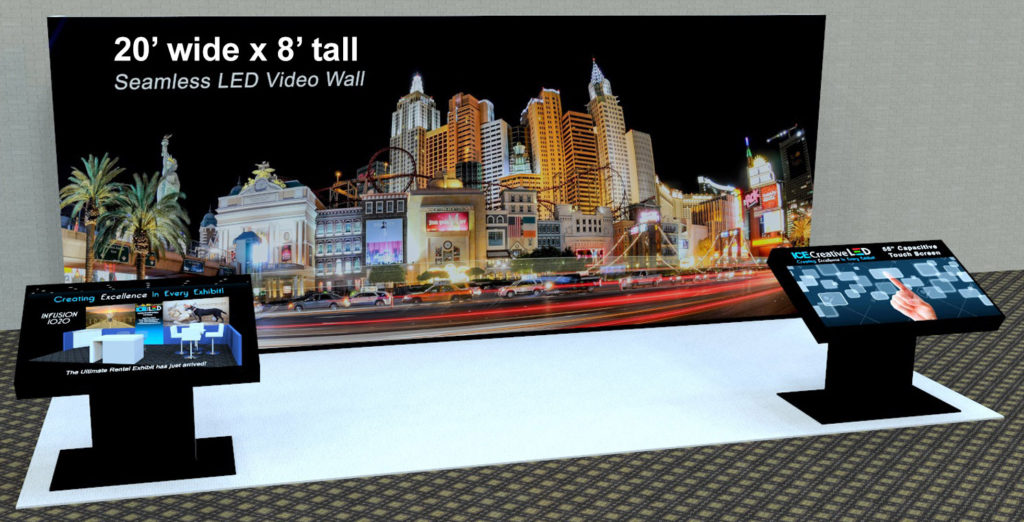To get a grasp on brightness-to-darkness ratios better, it is helpful to know how they are calculated. The ratio is typically represented as two numbers, such as 1000:1. This indicates that the lightest white is 1,000 times more luminous than the deepest black. Screens with elevated contrast ratios provide deeper blacks and brighter whites, which enhances the overall visual experience. When watching a film or playing a video game, for example, these differences can produce a more engaging environment. Viewers can see details that may be unnoticeable in screens with lower contrast ratios.
Different types of display technologies, such as LCD, LED, and OLED, have varying contrast ratios. OLED displays are recognized for their excellent contrast because they can turn off individual pixels completely, resulting in true black levels. On the other hand, conventional liquid crystal displays may fail to achieve similar levels of darkness due to their illumination methods. It is essential for buyers to consider these differences when choosing a display for their requirements. Grasping how each system handles contrast can significantly impact satisfaction with the product.
Moreover, the significance of brightness ratio goes beyond entertainment; it also affects productivity in work environments. For tasks demanding precise visual analysis, such as graphic design or image editing, having a screen with a superior contrast ratio enables greater precision and clarity. This means designers can see fine details in their artwork or photographs without discomfort. In learning settings, learners benefit from high-quality displays that make learning materials more interactive and easier to understand.

To sum up, improving image quality through grasping contrast levels is essential for individuals using discover this info here screen technology. A higher contrast ratio find more results in superior image quality by delivering deeper colors and more clarity in images. As technology advances, users should remain informed about these specifications to make choices that best suit their needs and needs. Be it for leisure or productivity, being informed about contrast ratios maximizes satisfaction and efficiency in using screen technology.